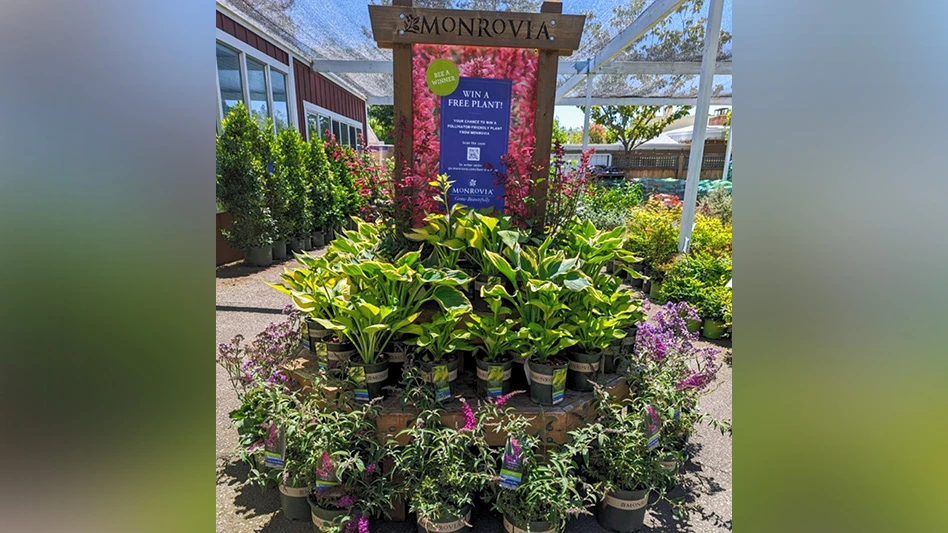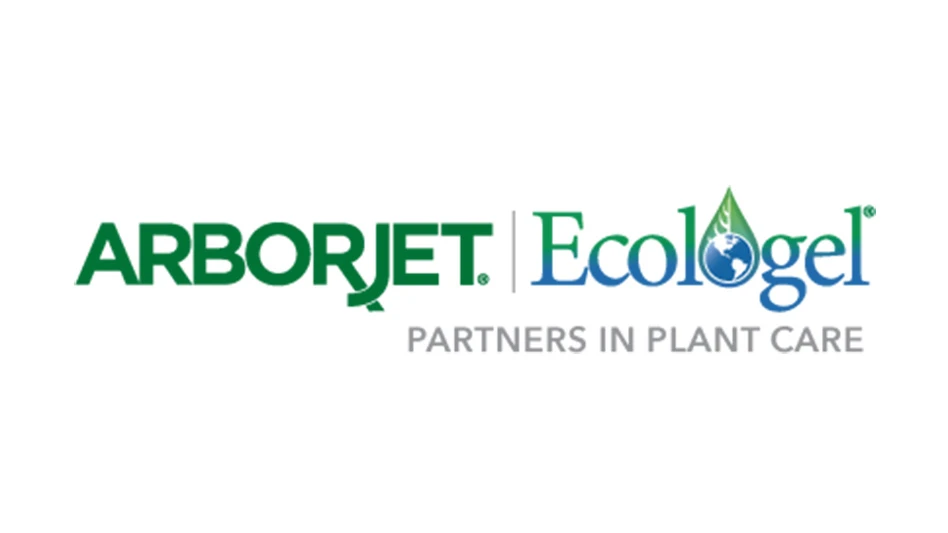 When Tom Hebel, president of Bucks Country Gardens in Doylestown, Penn., first decided to install solar panels on an acre of his almost 40-acre property, it appeared to be a no-brainer investment.
When Tom Hebel, president of Bucks Country Gardens in Doylestown, Penn., first decided to install solar panels on an acre of his almost 40-acre property, it appeared to be a no-brainer investment.
Projections at the time showed that Bucks, number 42 in our Top 50 list, could save thousands of dollars in energy costs and earn credits that would help pay off the system in just five years after it was installed in the spring of 2011.
“It was more of a business decision from a dollars and cents perspective then it was a statement of environmental concern,” says Hebel, who bought the business in 1993 after working there since the ’80s and changed the name to Bucks Country Gardens. “I come from a family of conservationists, so being sensitive to conservation has always been important to me, but I’ve never really carried the mantle.”
The 598 solar panels enable Bucks to produce 60 percent of its own energy and save $25,000 to $30,000 in electricity costs each year.
And companies that chose to go green received government help to do so. The Moore Energy System Hebel purchased was $828,000 plus another $7,000 to build a fence and other installation costs. After a 30 percent federal tax credit of about $250,000 and another $50,000 from a state program, the total for Hebel was $540,000.
But at that figure, it would still take Hebel about 20 years to pay off the panels using energy savings alone. There were a few other possible perks.
“We depreciated the money that the government gave us. Let’s just say we spent $10 on our system, and we got $2 from the federal government. So we really only spent $8 for our system, but we got to depreciate the whole $10,” Hebel says. “But depreciation is only valuable if you are a profitable company because depreciation can be adjusted against your earned income. If you don’t have any taxable consequence than all the depreciation in the world won’t do you any good. It just means instead of paying income tax on profit, I’m depreciating a capital expense and paying less income tax.”
One of the major attractions for Hebel was the Solar Renewable Energy Certificates, or SRECs, that the system would generate. At the time, electricity companies weren’t producing enough of their own renewable energy, and many businesses weren’t using solar power. For every 1,000 kilowatt hours Hebel produced with the panels, he’d receive a certificate. When Hebel first investigated the system, SRECs were going for $350 each, and he estimated his would be worth about $275.
 But once the panels went up, the market changed drastically. More energy companies invested in renewable sources, and more businesses installed green energy systems, bringing the SREC cost down to $0. Now, they are worth about $15 each, and the price may increase, but Hebel isn’t holding his breath.
But once the panels went up, the market changed drastically. More energy companies invested in renewable sources, and more businesses installed green energy systems, bringing the SREC cost down to $0. Now, they are worth about $15 each, and the price may increase, but Hebel isn’t holding his breath.
“Now because of the SRECs, it’s going to take me twice as long to pay for the system,” he says. “The reality of it all is that the money that was there to be made when these systems first went in no longer exists.”
If Hebel could go back, he says he would probably not go solar again, or approach it differently.
The good news is the system requires little maintenance – Hebel says his only upkeep is mowing the lawn near the panels. Moore’s installation was seamless, and the township approval process went well. Although the panels lose power over time, the system will likely last beyond the 10 years he is hoping for.
And he paved the way for other businesses looking to go green by going solar.
Although his experience wasn’t ideal, he says he wouldn’t discourage other independent garden centers from investing in alternative energy. The systems are less expensive than they were just two years ago, and there are other factors.
“The most important thing to consider is why they are doing it and be certain they can sustain whatever investment they use regardless of whether things turn out the way they are anticipating. Some of the payback is guaranteed but some of it isn’t. It may be a very good way to keep your money a little bit safer than the market and close to home,” he says. “Being green, organic and environmentally conscientious seems to be more important for businesses these days.
“The best part? I’m glad we’re producing our own electricity. Because that’s probably the right thing to do.”
Photos by William Thomas Cain

Explore the December 2013 Issue
Check out more from this issue and find your next story to read.
Latest from Garden Center
- This Florida garden center's busiest days are in the fall, not spring. Find out how they do it
- Terra Nova Nurseries releases new agastache variety, 'Peach Pearl'
- The Certified Shopify Online Garden Center provides local retailers with ecommerce tool
- Meet the All-America Selections AAS winners for 2025
- Endless Summer hydrangeas and Suntory Senetti glam up Grammys red carpet
- Ball Seed releases 2025 edition of 'Thrive and Flourish' for landscape and garden retail
- American Floral Endowment's Fred C. Gloeckner Foundation Research Fund accepting grant proposals
- Floral Marketing Fund and CalFlowers partner to advance floral industry





